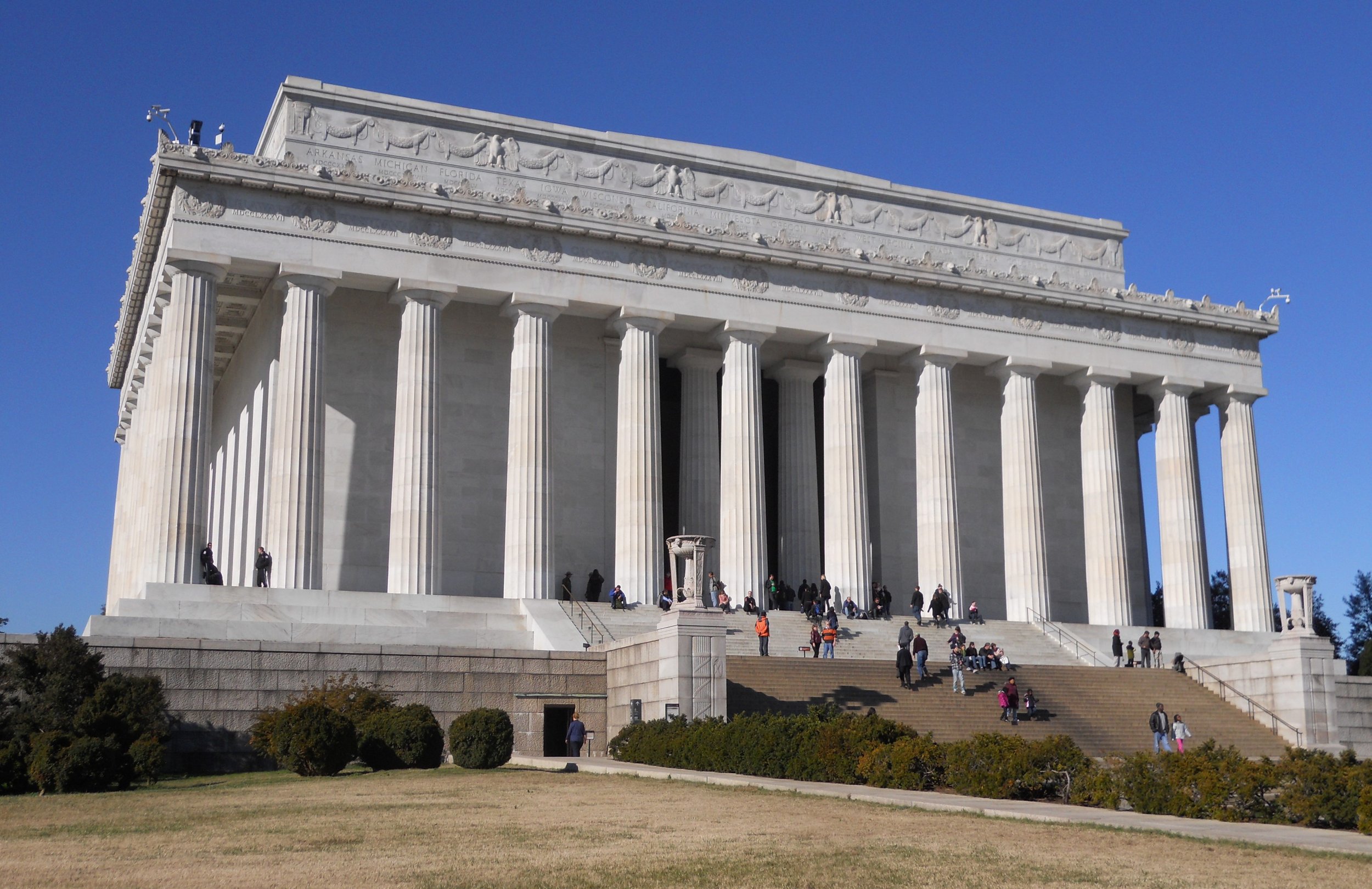The National Park Service
The National Park Service’s mission is… “to preserve unimpaired the natural and cultural resources and values of the national park system for the enjoyment, education, and inspiration of this and future generations.”
Lincoln Memorial, D.C.
The year 1916 saw the United States paying close attention to the dramatic events playing out in Europe. The world’s war, eventually known as the “War to end all Wars”, was not going well for the Allies. America continued to debate whether it had a responsibility to enter the conflict on the side of England and France. But on August 26 another episode of America’s heritage came to pass, one whose fundamental purpose would be to preserve rather than destroy. President Woodrow Wilson put pen to paper and signed an act creating the National Park Service. Our country already had “national parks” and “national monuments”. Yellowstone National Park, with a size of 2 million acres, was titled as the world’s first national park, born in 1872, one year after the world’s first professional Baseball “major league”, the National Association of Professional Base Ball Players, began play. But now those parks and monuments had a dedicated steward.
Surprisingly, based on today’s political climate, Congress found time back in the day to pass legislation which the sitting U.S. President (Ulysses S. Grant in 1872) would sign. But what about the years to come, with the prospect of additional park units? The administration of the parks in 1916 was handled by the Department of the Interior. The Interior Department had enough to worry about besides more parks. So, how does the Federal Government handle such a situation? They generate additional bureaucracy. Legislation to create the National Park Service was proposed. The NPS would be a new federal bureau within the Interior Department, responsible for managing and protecting our nation’s parks, then and into the future. Stephen Mather was appointed as the first NPS Director. “The Father of the National Park Service” served well in that capacity for 12 years, putting the bureau on a path to success and growth. Mather’s successor, Horace M. Albright, oversaw NPS’s next major milestone, the “Reorganization of 1933”. The War Department’s parks and monuments, the Forest Service’s national monuments, and the parks in the nation’s capital were transferred to the NPS. This greatly expanded the scope of the NPS and forced a change in the organization’s primary mission to one of “historic preservation”. That revision was unknowingly prophetic seeing that U.S. Presidents have increasingly used the American Antiquities Act of 1906 to name new national park units. The President who signed that Act into law? Teddy Roosevelt; how appropriate. Presidents were given the authority to preserve historic, cultural, and natural resources. Every addition to the park count expands the NPS and, based on the political atmosphere in the past quarter century, expansion will probably not slow any time soon. But, who in 1916 could have imagined the count of 35 national parks and national monuments would enlarge to 423 by 2022. With an annual budget of roughly $3.2 billion, and a staff of 20,000 men and women, the NPS is working hard to inspire people to experience and learn about America’s heritage. So, what will be the next National Park?










